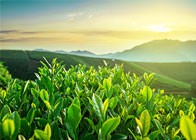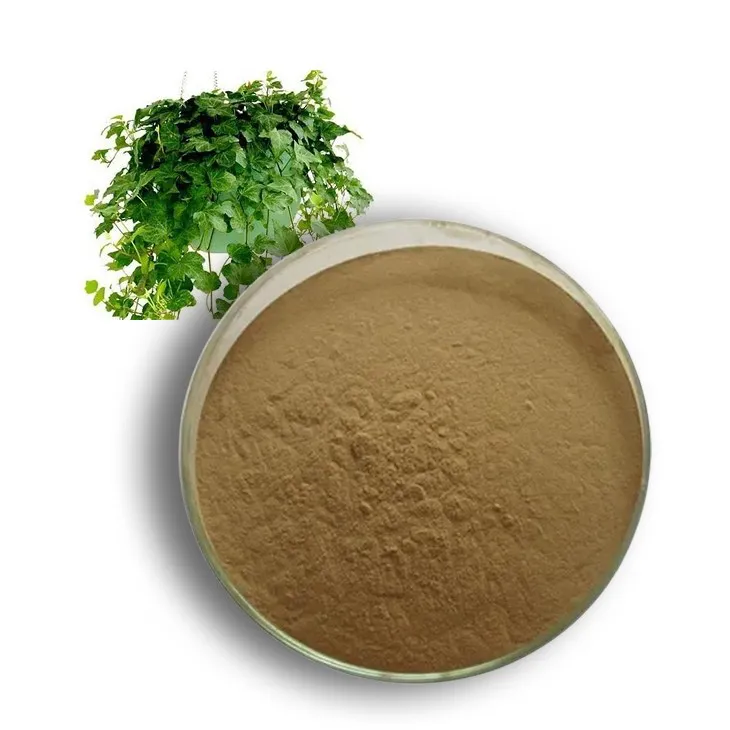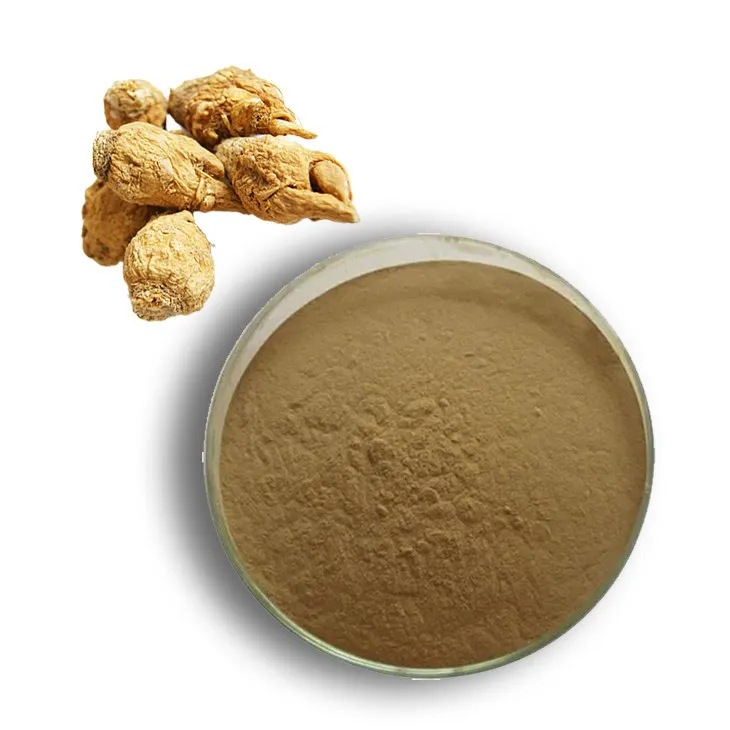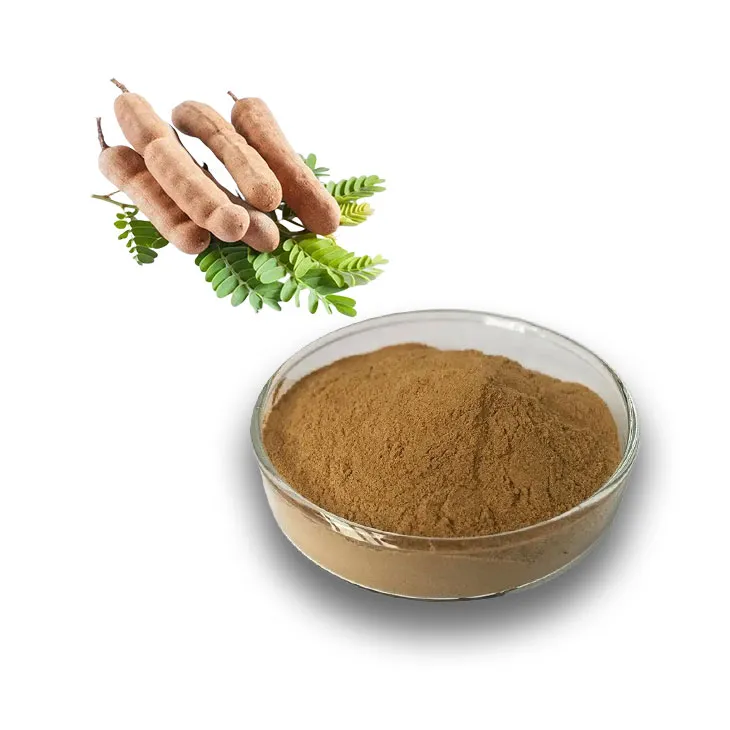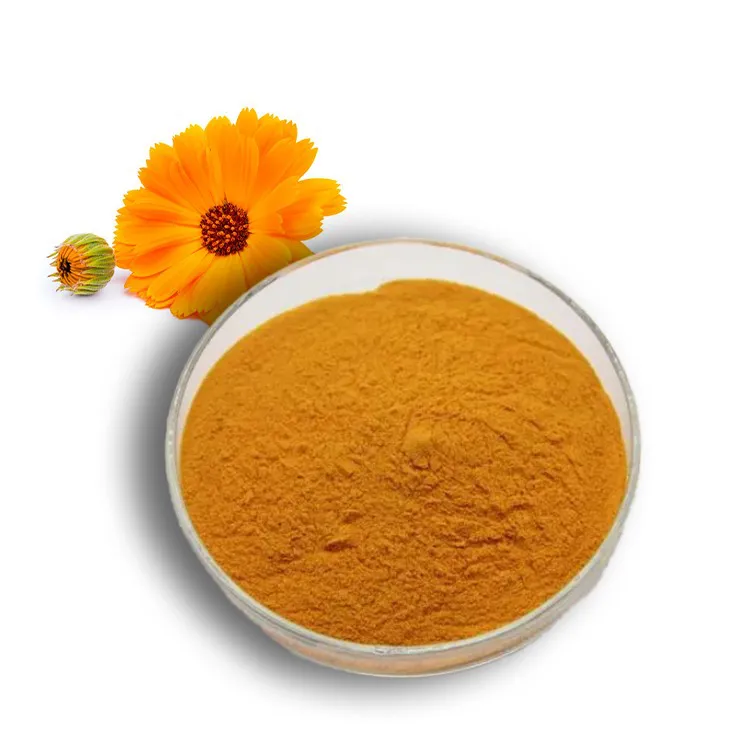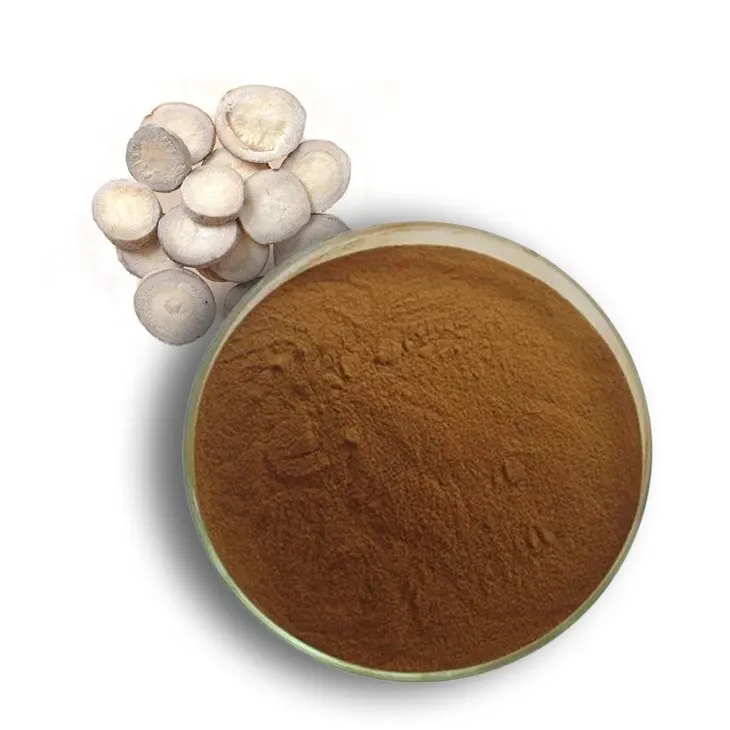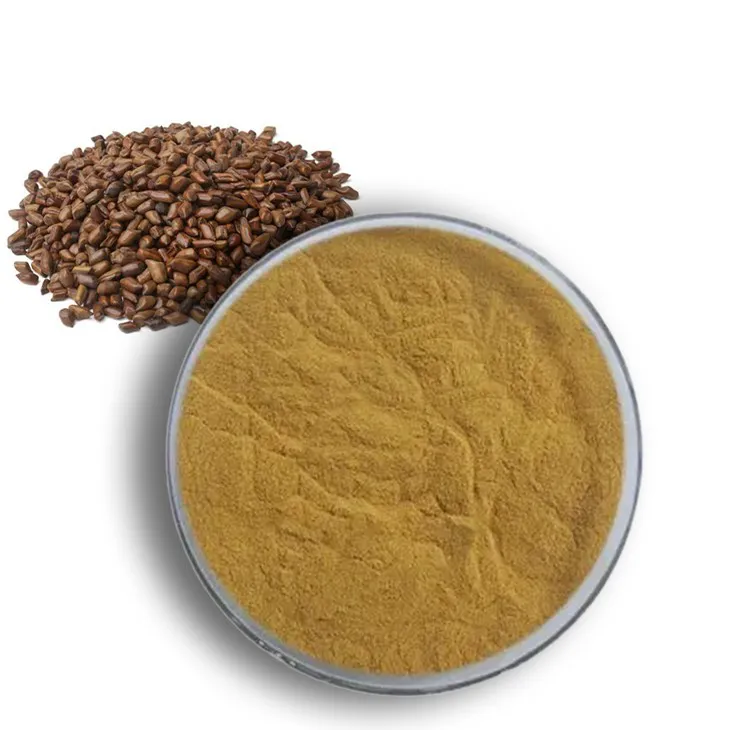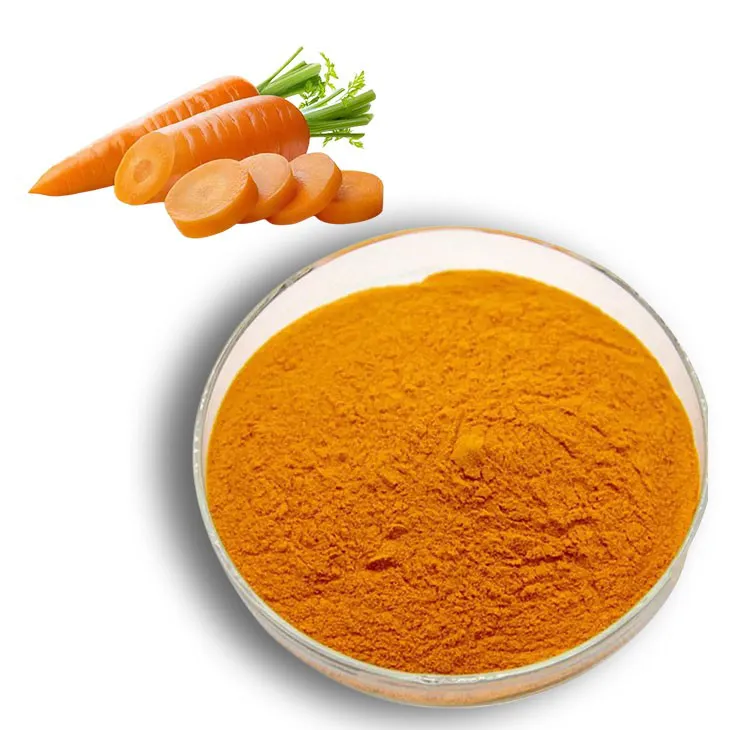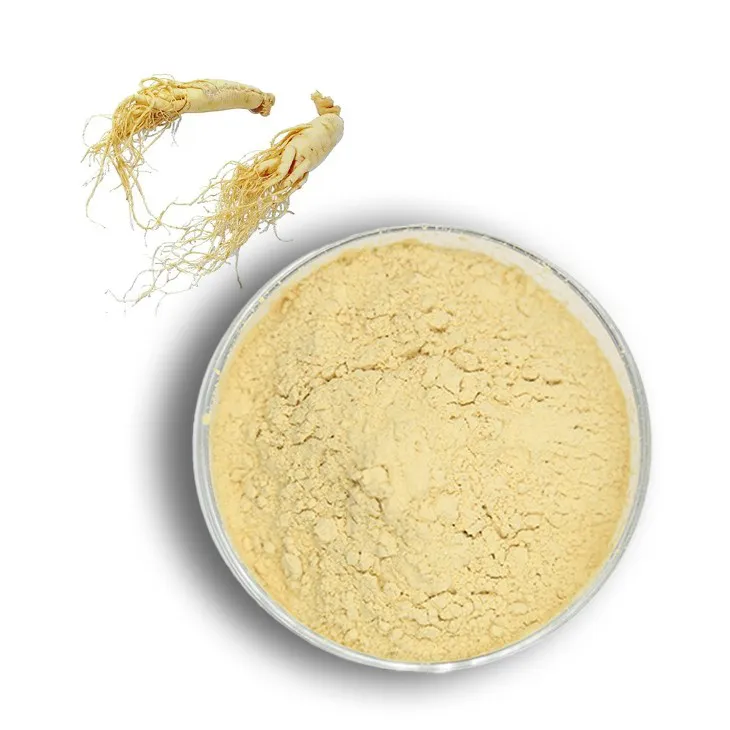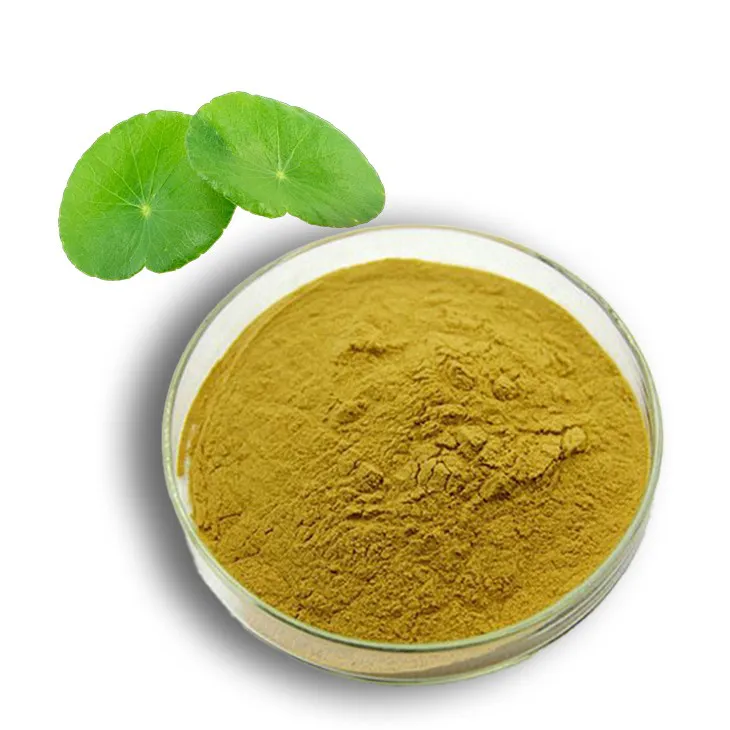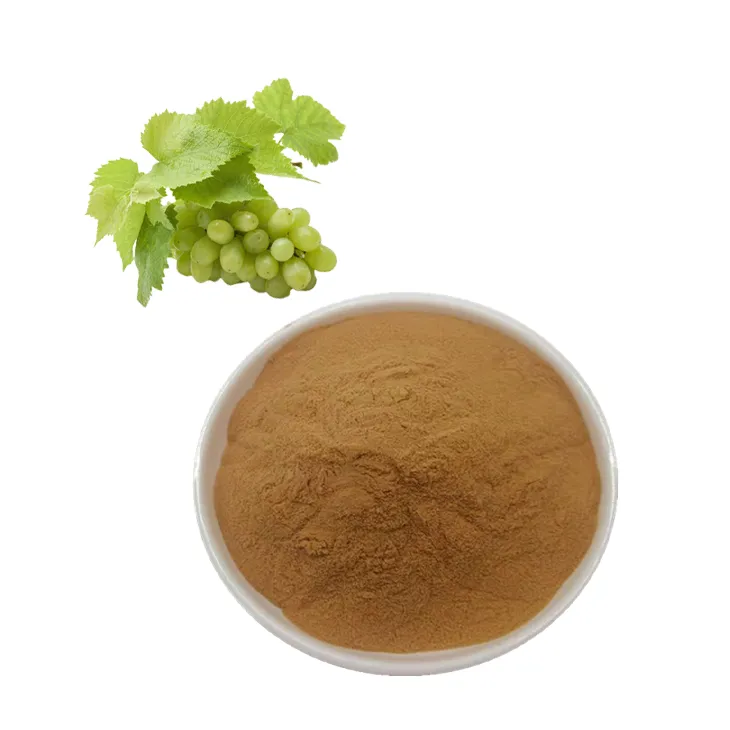- 0086-571-85302990
- sales@greenskybio.com
Red Yeast Rice: Cholesterol-Lowering Supplement Raises Safety and Effectiveness Questions
2025-06-16

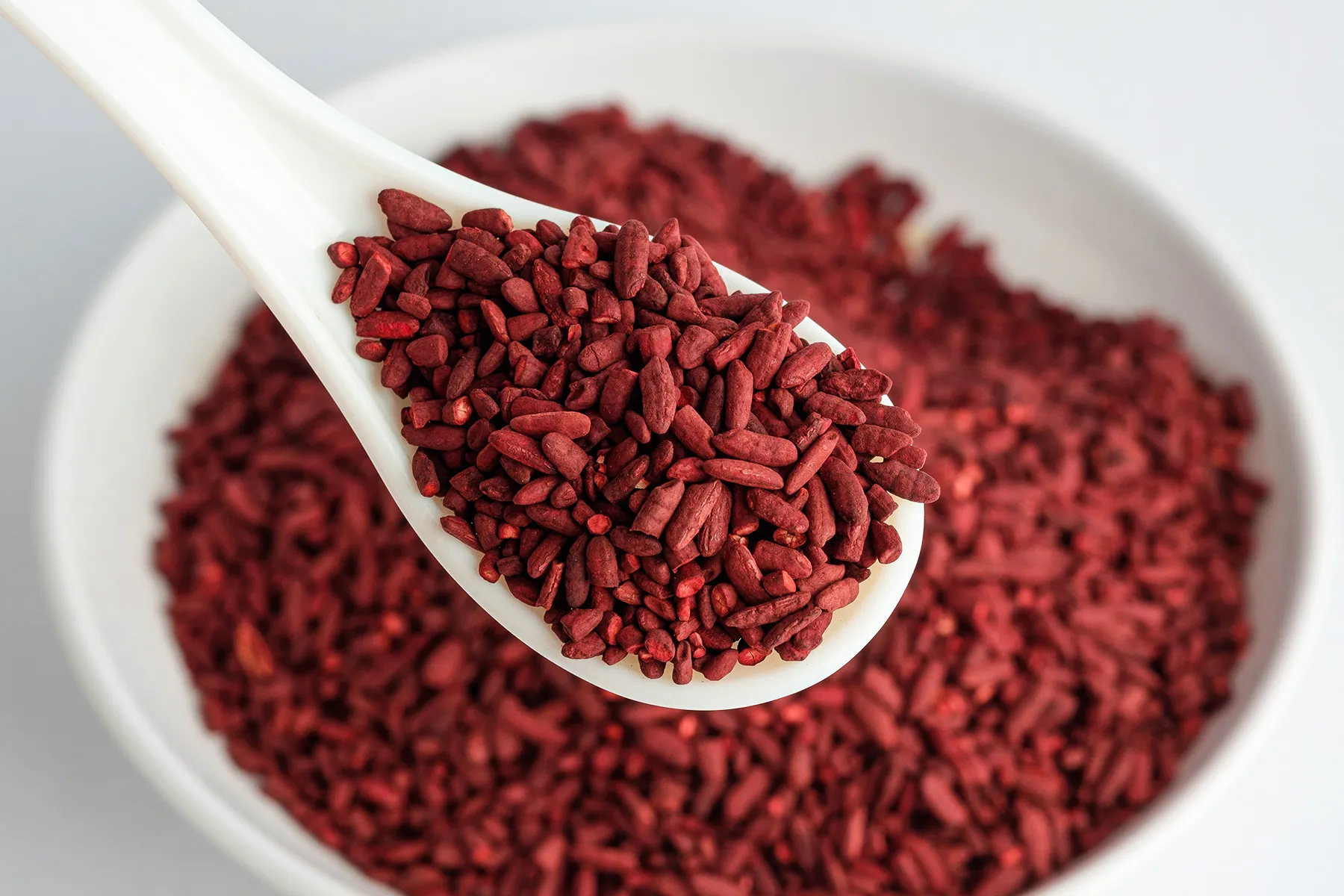
Red yeast rice is often promoted as a natural supplement to help lower cholesterol, offering an alternative to prescription medications. While it can be effective for some people, concerns about side effects, inconsistent product quality, and uncertain efficacy have been raised.
How Red Yeast Rice Affects Cholesterol
Red yeast rice contains a compound known as monacolin K, which is structurally identical to lovastatin, a widely prescribed cholesterol-lowering drug. Studies show that red yeast rice extracts with adequate amounts of monacolin K can lower LDL (“bad”) cholesterol by 15% to 34% in people with mildly to moderately high cholesterol. In some cases, it may be as effective as low-dose statins for those who do not have very high LDL levels.
What Is Red Yeast Rice?
Red yeast rice is created by fermenting rice with a specific fungus, Monascus purpureus. This process gives the rice its characteristic red or purple color and can lead to the production of monacolin K. Red yeast rice is available in capsule, powder, and tablet forms. However, the amount of monacolin K varies widely depending on how the rice is fermented, and many commercial supplements contain little or none at all.
Effect on Cardiovascular Disease Risk
Red yeast rice may lower the risk of cardiovascular disease, primarily by reducing cholesterol. Some research also suggests it might help lower other risk factors such as total cholesterol, apolipoprotein B, and even blood pressure, but these findings are inconsistent. More research is required to confirm whether red yeast rice directly reduces cardiovascular events.
Red Yeast Rice vs. Medications and Lifestyle Changes
Comparative studies indicate that red yeast rice can be as effective as low-dose prescription statins, depending on the amount of monacolin K present in the supplement. However, unlike red yeast rice, prescription statins are regulated and consistently dosed by the Food and Drug Administration (FDA), making their effects more predictable.
Lifestyle changes—like following a Mediterranean diet, exercising regularly, managing stress, limiting alcohol, and getting enough sleep—are proven methods to lower cholesterol for many people. While only a few direct comparisons exist, some evidence suggests combining red yeast rice with lifestyle changes may provide added benefit.
What to Consider Before Using Red Yeast Rice
Because supplements are not regulated as strictly as medicines, products can vary widely in safety, quality, and active ingredients. Consider these factors:
- Potential side effects: Common side effects include constipation, diarrhea, nausea, gas, abdominal discomfort, headache, eczema, and bladder inflammation.
- Kidney risk: Some cases of kidney injury have been linked to contaminants in red yeast rice, especially a toxin called citrinin. A review found that all 37 products tested contained citrinin, even those labeled “citrinin-free.” Only four were below the EU’s safety limit.
- Unpredictable monacolin K content: Testing has shown that monacolin K levels range widely, and some supplements contain none. Most studies show cholesterol-lowering effects with daily doses of 3 to 10 mg monacolin K.
- Illegal additives: Some supplements have been found to contain added lovastatin, and the FDA has issued warnings about such products.
- Unknown long-term safety: Available studies have only tracked safety for up to 24 weeks.
Certain groups should exercise extra caution:
- Individuals already taking statins may increase their risk of excessively low cholesterol.
- Pregnant and breastfeeding women should avoid red yeast rice due to unknown safety.
- People with kidney disease or increased risk for kidney problems should not use red yeast rice, given concerns about potential contaminants and toxicity.
Supplement Quality Matters
In the U.S., the FDA does not regulate dietary supplements as strictly as it does prescription medications. This means some products may not contain the ingredients or doses listed on their labels.
Before taking red yeast rice—or any supplement—consult a healthcare provider, registered dietitian nutritionist, or pharmacist for guidance, especially if you have existing health conditions or take prescription medications.
- ▶ Hesperidin
- ▶ citrus bioflavonoids
- ▶ plant extract
- ▶ lycopene
- ▶ Diosmin
- ▶ Grape seed extract
- ▶ Sea buckthorn Juice Powder
- ▶ Beetroot powder
- ▶ Hops Extract
- ▶ Artichoke Extract
- ▶ Reishi mushroom extract
- ▶ Astaxanthin
- ▶ Green Tea Extract
- ▶ Curcumin Extract
- ▶ Horse Chestnut Extract
- ▶ Other Problems
- ▶ Boswellia Serrata Extract
- ▶ Resveratrol Extract
- ▶ Marigold Extract
- ▶ Grape Leaf Extract
- ▶ blog3
- ▶ Aminolevulinic acid
- ▶ Cranberry Extract
- ▶ Red Yeast Rice
- ▶ Red Wine Extract
-
Ivy Extract
2025-06-16
-
Maca Extract
2025-06-16
-
Tamarind extract powder
2025-06-16
-
Calendula Extract
2025-06-16
-
White Peony Extract
2025-06-16
-
Cassia Seed Extract
2025-06-16
-
Beta Carotene
2025-06-16
-
Ginseng Root Extract
2025-06-16
-
Centella Asiatica Extract
2025-06-16
-
Grape Leaf Extract
2025-06-16

